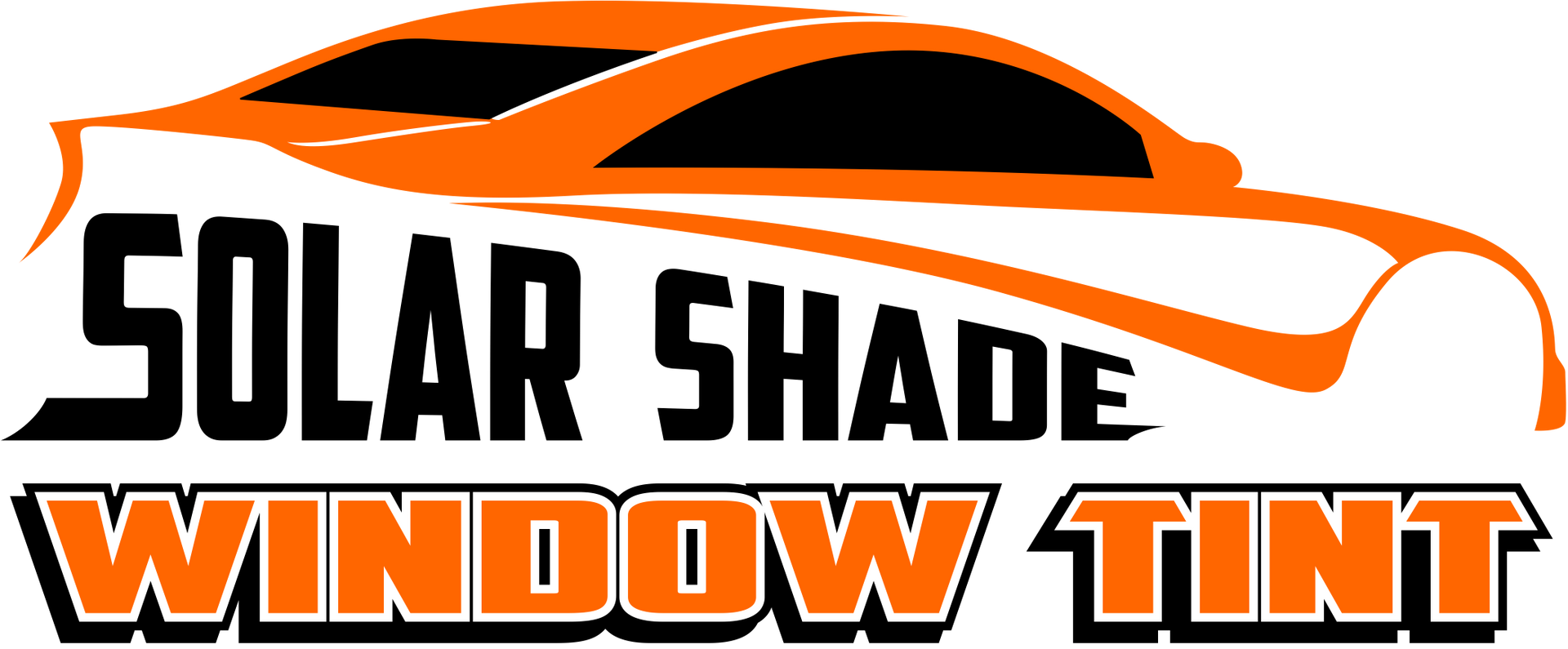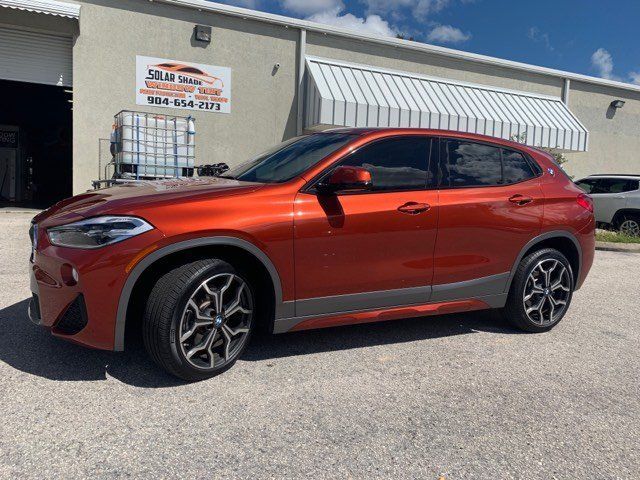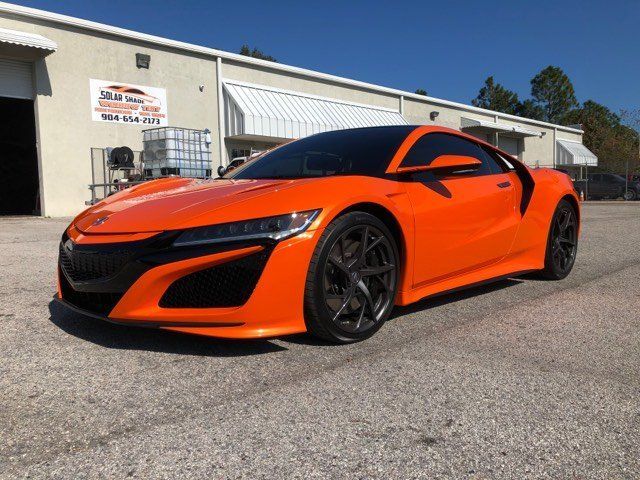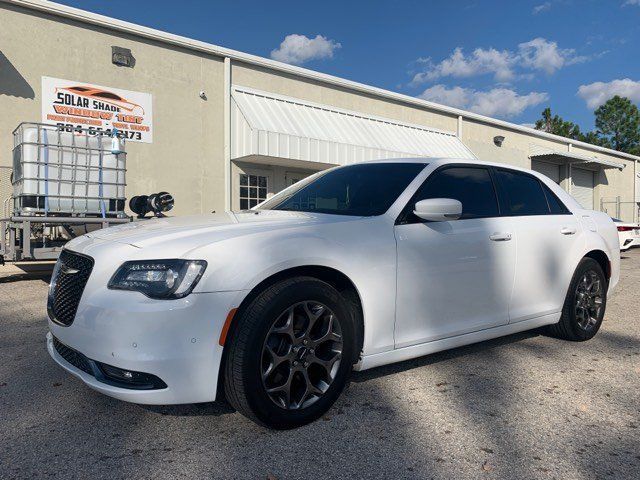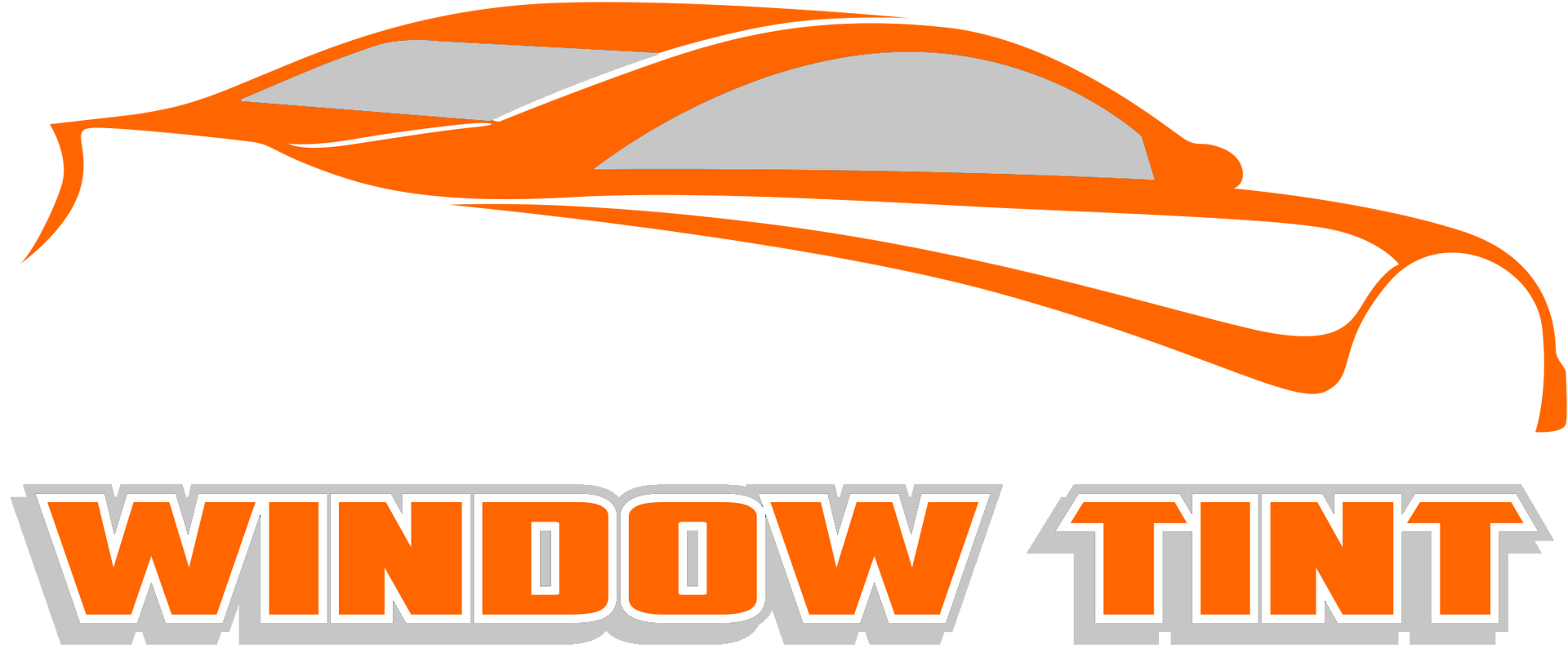Jacksonville & Lake City's Best Ceramic Coating Services
Paint Coating That Offers the Highest Level of Slickness, Protection, & Durability.
FREE ESTIMATEWHAT IS CERAMIC COATING?
What is a Ceramic Coating? Think of it as a second layer of clear coat, which wraps your paint, wheels, trim or glass in an ultra durable ceramic layer of protection. Forget waxing and sealing every few month, ceramic coatings protect your vehicle for upwards of 18-25 months, sustaining that deep wet gloss while making your paintwork much easier to clean and maintain. The makeup of the coatings we offer vary but generally contain SiO2 (quartz) as their primary active ingredient which crystallizes and forms a strong and durable layer over a particular area of your vehicle.
Ceramic Coating from Solar Shade Window Tint helps make your vehicle look as new as the day you drove it off the dealership lot! A Ceramic Coating is a clear multi-layer liquid polymer that gives your vehicle outstanding external protection and durability. It is applied by hand as an alternative to wax. A chemical reaction and bond forms adhering to the factory paint that does not wash away or breakdown, allowing for a smooth clear coat like finish.
BENEFITS OF CERAMIC COATING
- Super thick layer
- Extremely deep rich gloss ( hard candy shell appearance)
- Ease of maintenance / self cleaning properties
- Resistance to wash induced marring
- Protection from UV rays
- Resistance to extreme temperatures
- Resistance to stains, bird droppings, water spots, traffic film
- Repels water, oil, dirt
- Warranty
THE BEST CERAMIC COATING SERVICES IN THE JACKSONVILLE & LAKE CITY AREAS!
GOOD INVESTMENT
The coating will protect the vehicle’s exterior and interior from deteriorating. The resale market value will therefore be substantially higher! Ceramic Coating pays for itself in the end.
LOOK NEW ALL THE TIME
Once the coating is applied you will see a mirror effect, glossiness and color depth, incomparable to anything else! With proper maintenance your car’s finish will shine for many years to come.
LESS MAINTENANCE
The slick coated surface won’t allow dirt, brake dust and tar to stick to your paint, wheels or glass. This makes washing your vehicle less labor intensive and less frequent. Waxing is now obsolete.
